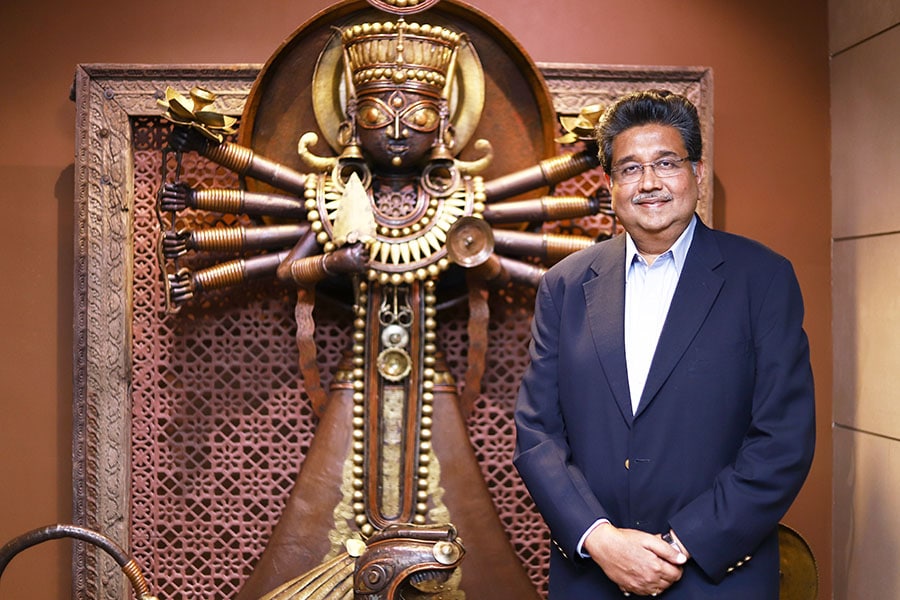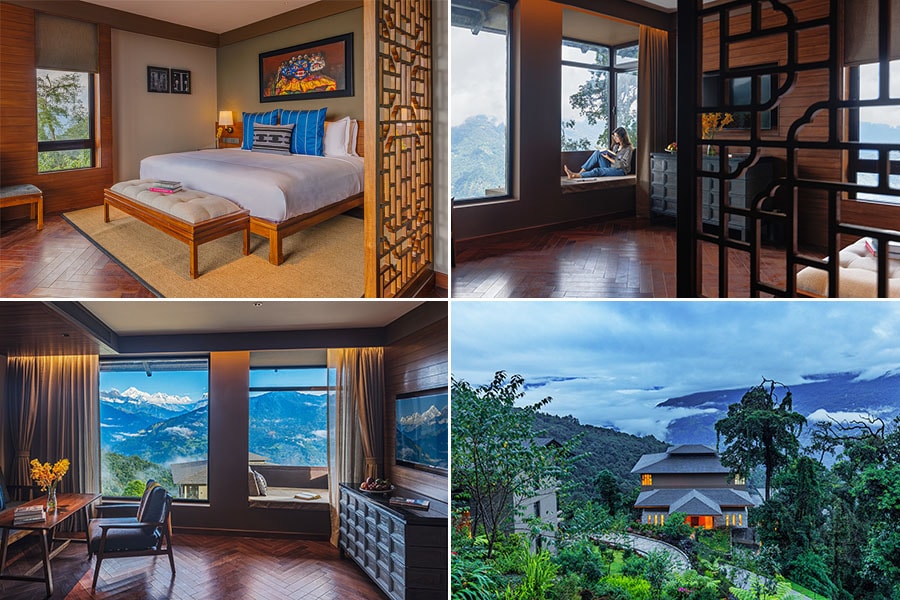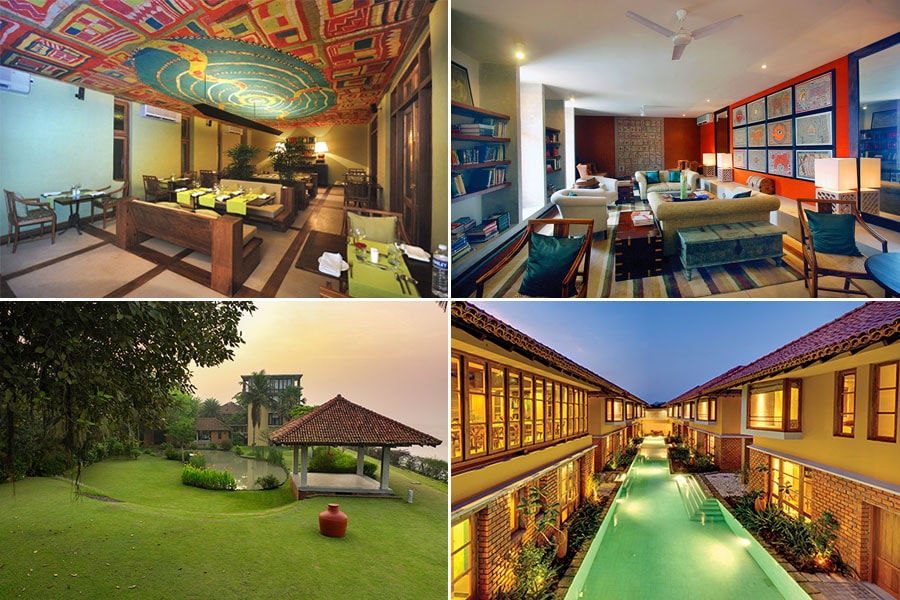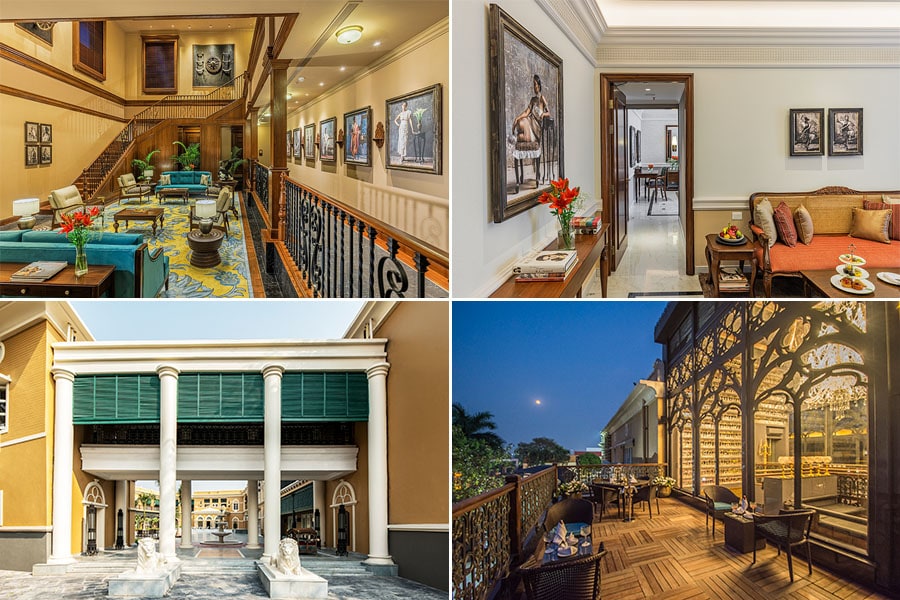
How Harshvardhan Neotia is building a boutique hotels empire referencing the bhadralok culture
In the last three to four years, the Ambuja Neotia group has been opening a slew of hotels in some of the most scenic locales of Bengal and the north-east, extending Neotia's love of art and culture to a wider world of travellers
 Harshavardhan Neotia , Chairman of the Ambuja Neotia Group
Harshavardhan Neotia , Chairman of the Ambuja Neotia Group
It’s a sunny December morning in Kolkata, when Harshvardhan Neotia strolls into the library of his beautiful Ballygunge home and leads me to a dining table where breakfast has been laid out.
There is chura-matar, fresh green peas sautéed in hing and topped with rice crisps, a quintessential winter’s delight. There’s dainty chilli-cheese toast, with green chillies adding to the bite of this Indianised snack of upper-class, Anglicised homes, reminiscent of burrah sahibs and their members’ clubs. And then comes the makha sandesh, soft as butter, crumbling at the touch of a fork, sweetened with nolen gur that is in season just now. “My wife gets this from Balram Mullick (one of Kolkata’s most famous confectioners), where they make it to specification so that it is not too sweet,” he says, urging me to try another one.







